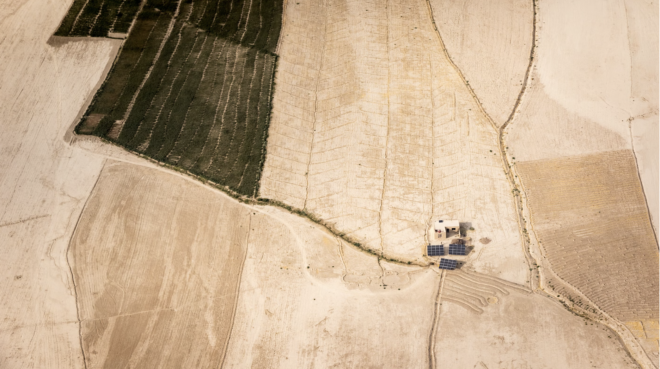
Afghanistan farm uses solar panels to pump water to the farm. Water management and climate change mitigation are crucial to prevent unrest, violence, and conflict in the Middle East. Currently, Afghanistan is under the control of the Taliban.
Following a prolonged dry period last autumn and winter, Afghanistan and neighboring Middle Eastern countries are facing unusually heavy rains and snowfall this year. Recent reports indicate that about 35 individuals are presumed dead due to flooding in Afghanistan.
This comes shortly after the United Arab Emirates and Oman experienced significant flooding. The Emirati National Center for Meteorology reported that April’s rainfall was the heaviest recorded in 75 years. Mid-April witnessed more than a year’s worth of rain falling in a single day in the Arabian Peninsula, one of the driest regions on Earth.
Some attribute these unusual weather patterns to ongoing cloud seeding experiments, while others point to the larger issue of human-induced climate change.
From April 14 to 15, the United Arab Emirates and northern parts of Oman reported at least 20 fatalities due to the heavy rainfall. Meanwhile, Israel recorded record-breaking temperatures in April, with the human body’s ability to regulate heat being compromised at temperatures exceeding 40 degrees Celsius according to research from the University of Roehampton.
Afghanistan, governed by the Taliban, is highly susceptible to the impacts of climate change. As climate change affects water, agriculture, and food security, the region may experience further unrest and conflict, akin to the situation in Syria during its civil war. The devastating consequences of water and food insecurity in Syria led to hundreds of thousands of deaths and millions displaced as refugees.
The vulnerability of Afghanistan to climate change stems from various factors, including water scarcity, droughts, floods, displacement, and conflict. Addressing these issues is essential to prevent mass migrations from regions affected by climate change to more stable areas.
Why Afghanistan is especially vulnerable to climate change
- Water Scarcity: Afghanistan relies heavily on snowmelt and rainfall for water supply, particularly for agriculture. Changing precipitation patterns and glacier melting are diminishing water availability.
- Droughts and Floods: Erratic rainfall patterns have exacerbated droughts and floods, impacting agriculture and triggering displacement of populations.
- Displacement and Conflict: Climate-induced displacement intensifies resource competition and can fuel conflict over water and land, contributing to instability.
Global cooperation is necessary to find solutions for vulnerable regions and prevent further climate-induced crises.






